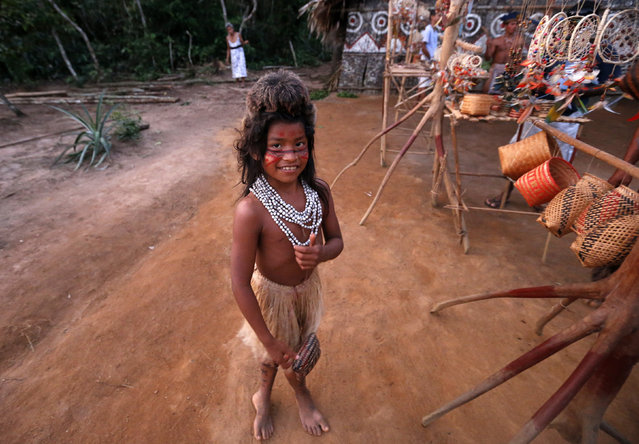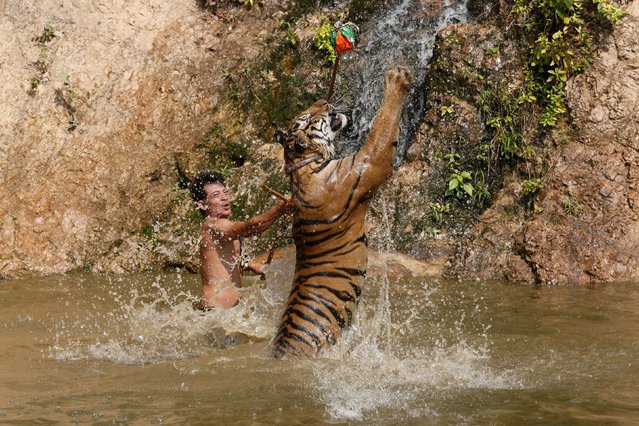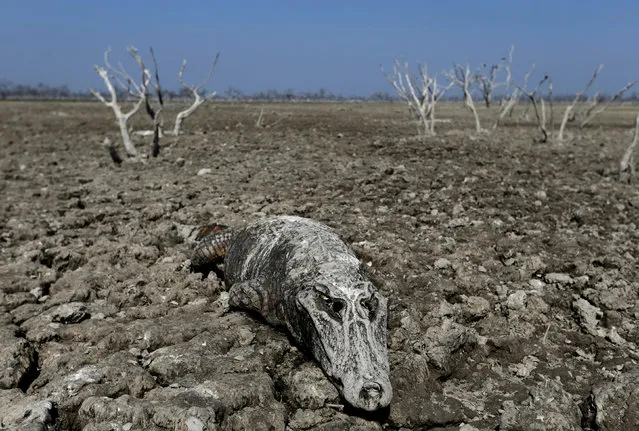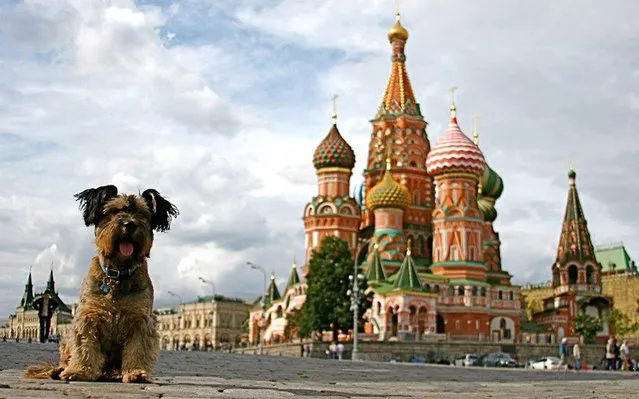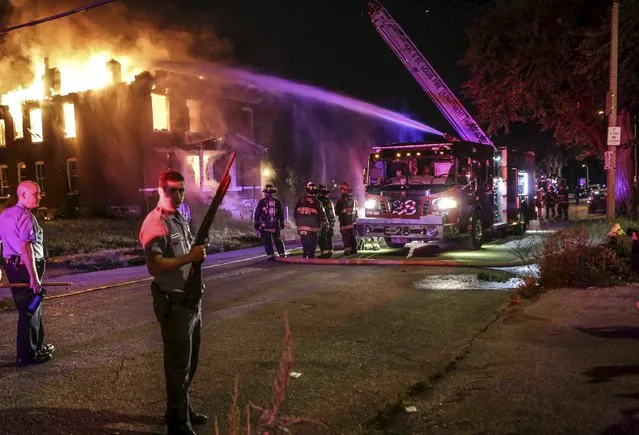
Firefighters attempt to put out a fire at an abandoned building with the protection of St. Louis City Police in St. Louis, Missouri August 19, 2015. Police fatally shot a black man they say pointed a gun at them, drawing angry crowds and recalling the racial tensions sparked by the killing of an unarmed African-American teen in nearby Ferguson, Missouri, just over a year ago. (Photo by Lawrence Bryant/Reuters)
21 Aug 2015 12:22:00,post received
0 comments

